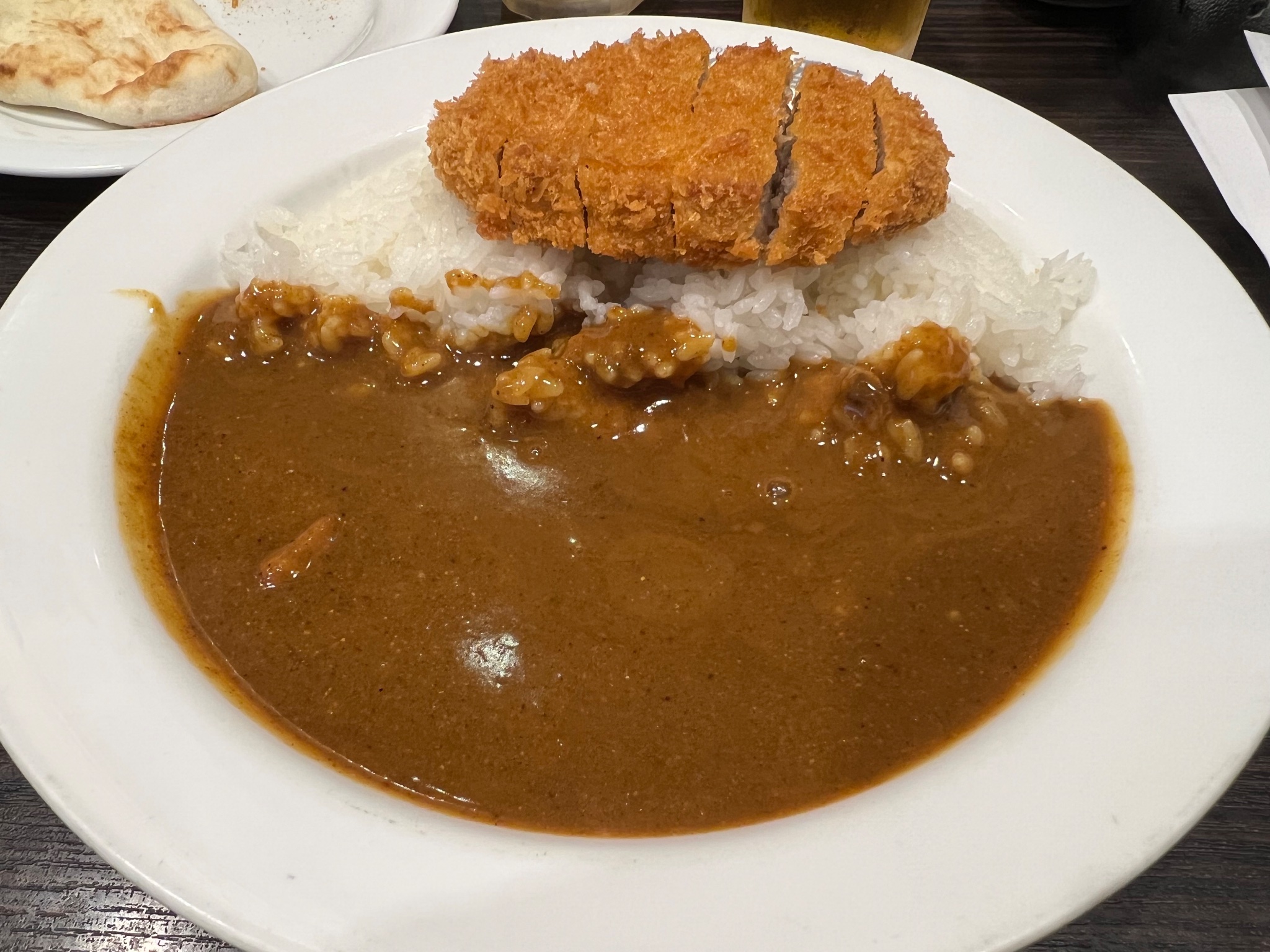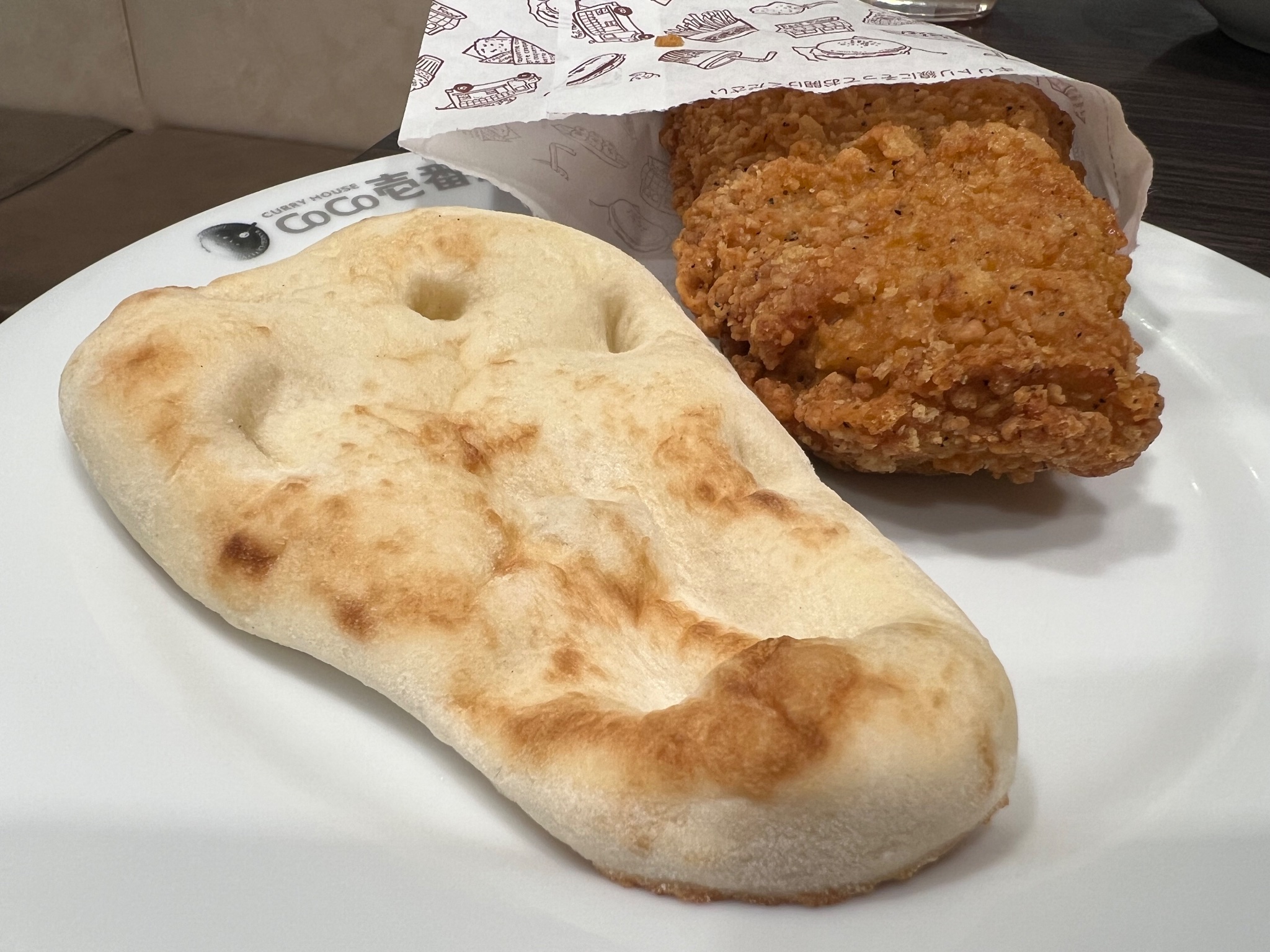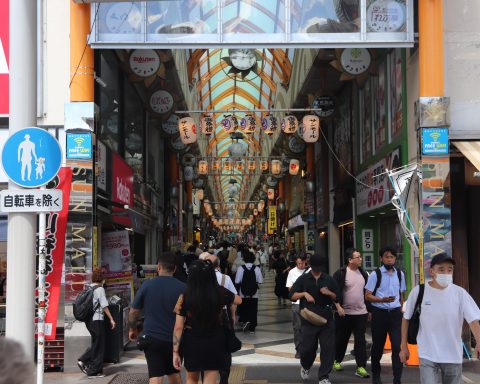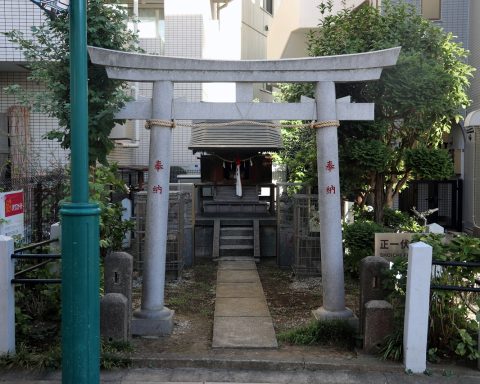This Japan trip has been a whirlwind that I just wasn’t expecting. I guess that makes sense when I haven’t been back in so many years. Nonetheless, I do have plenty of material for quite a few articles. I just need to find the time to write them.
I do want to talk about CoCo Curry today, though, because that IS worth talking about. CoCo Curry – and Japanese curry overall – is one of the best and low-cost joys of Japanese cuisine.
People who haven’t had much exposure to Japanese culture don’t often associate the country with curry. Sushi, yes. Sake, sure. Wagyu, perhaps. But not curry. And in fairness, Japan doesn’t have a “curry” that is native to the country. Curry was introduced to Japan in a very roundabout way, too. England, during its colonial days, took a real liking to curry (which is hardly surprising given how bland native English food is). Then, during the Meiji Period, after America forced Japan to open its borders, Japan embarked on a deep cultural and economic exchange with England. That resulted in the Japanese discovering curry.
And so Japanese curry is heavily based on the curry powder-based stews that the Europeans adapted from Indian dishes. In the 100-odd years since the Japanese have adapted the recipe to suit their tastes, and now it’s an everyday part of life.
What’s in Japanese Curry?
The base of a Japanese curry is a rich, thick sauce, and typically it has basic vegetables added – potatoes, carrots, and onions. It is generally served in a “pool” in a bowl, next to a serving of rice.
And from there things get creative. Japanese curry can be accompanied by a dizzying array of different meats of vegetarian options, and a restaurant like CoCo Curry will have a menu of dozens. Most people end up ordering a deep-fried cutlet of beef or pork, but chicken karaage is popular too. Then there are options like shrimp, shredded pork, vegetables, sausages, and so many other things. CoCo Curry might only sell one thing, but it has a seriously extensive menu.
Then comes the other question: just how hot is it? This, too, can surprise some people, because the answer is basically anything on the Scoville Scale that is edible by humans. For people who have no appetite for spice at all (or who are travelling with children, for example), then a 0 spicy option is there. Then you get a nice curry flavour without any of the peppery heat.
However, if you do like to dial things up then you can go to 10 spicy. More recently CoCoCurry apparently realised that influencers challenging themselves to do stupid things was a good promotional strategy, so there are now also 15 and 20 spicy options.
Now, I like my capsaicin. I like a curry that can make me sweat and cry. I like spicy food that punishes on the way out that it does on the way in. I like dousing things in Habanero pepper sauce. CoCo Curry’s 10 spicy is good for me. It’ll have me ordering a glass of milk to go with my meal, without making me wish I was dead. I’ve yet to try the 15 and 20 options. Those are new innovations since I was last in Japan. I am very keen. I’m still here for another week.
The price of Japanese curry is the real winner, though
One of the real winning things about CoCo Curry, however, is the price. Put bluntly – it’s cheap (for most foreigners), which makes its reputation in Japan as being “expensive” a little surreal, but when the minimum wage in Japan is half of an Australian’s minimum wage, and our exchange rates are basically equivalent right now, the disparate views on pricing make more sense.
A basic pork curry (with shredded pork in the sauce) and rice is 591 yen right now. That’s $6. A more filling cutlet curry, which has a fair-sized fried steak on top of the sauce and rice is 1,067 yen. $11. Throw in a side of chips (150 yen, so $1.50), a glass of milk to help cope with the spice (200 yen, or $2), and a beer (367 yen, so $4), and you’ve got a genuinely filling lunch or dinner for less than $20.
You can’t even do McDonald’s in Australia for that and hope to actually be full at the end of it, and CoCo Curry’s quality is substantially better than trash junk. When it’s two hours minimum wage work (for the Japanese) that is a fairly substantial hit to the wallet (yes, there are much cheaper options for a meal in Japan than $20), but for us, it’s an hour’s work with pocket change left over.
Anyhow, the point of this pricing comparison is to highlight that CoCo Curry is right up there with the best ways to get a hearty, solid, and very convenient meal in Japan. CoCo Curry is almost everywhere, so don’t miss out on the chance to give this a go when you find yourself in Japan. Chances are you’ll come back to it more than once on any given trip.














With veggie options this is definitely going on the must-go list!! Great write-up, Matt!
Just a quick add-on the Coco heat scale goes up exponentially in heat not cumulative.. so lvl 5 Heat is actually 16 times spicier than 1!
Wish I knew this the first time I tried lvl 5 and thought that my chilli tolerance had gone down dying at a 5 xD